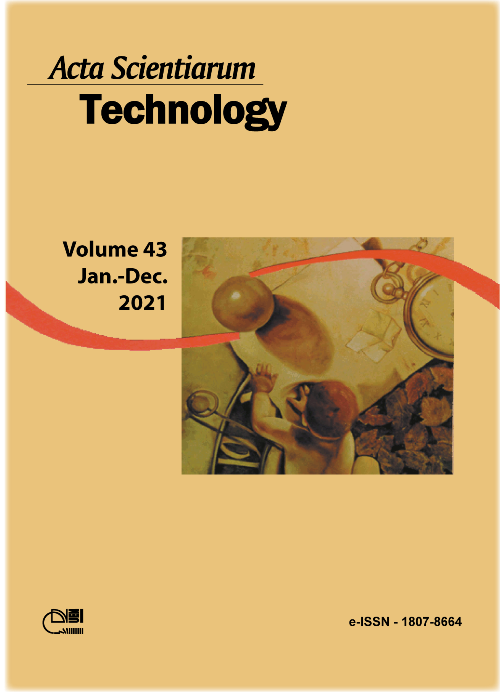Proposal of a spatial database for indoor navigation
DOI:
https://doi.org/10.4025/actascitechnol.v43i1.51718Palavras-chave:
indoor mapping; indoor database; UML class diagramResumo
This paper presents an approach to build a spatial database for indoor environments. It will be presented the main requirements for the implementation of an object-relational database for the representation and analysis of indoor environments, which considers the solutions for both type of representations, floor plan and schematic map. These representations consider the high number of information found in an indoor environment and the fact that they are disposed in different floors of the structure. The relationship between objects and their attributes defines the links and restrictions between them. Hence, the model should describe the entities and their interrelationships, as well as the attributes of the elements and their characteristics. After the database was developed, it was implemented an algorithm that calculates routes between points in the indoor environment, considering not only the shortest distance but also the floor change. The model was tested by Antunes and Delazari (2019) using an application and some interviews with users to evaluate the elements included in the database considering a navigating task. Some results pointed out the need to insert new information in the database regarding physical characteristics (color, material) of elements found in the indoor environment to assist users during orientation and navigation tasks. Moreover, it is necessary to include elements from the outdoor environment used as reference points in the cartographic representation.
Downloads
Downloads
Publicado
Como Citar
Edição
Seção
Licença
DECLARAÇíO DE ORIGINALIDADE E DIREITOS AUTORAIS
Declaro que o presente artigo é original, não tendo sido submetido í publicação em qualquer outro periódico nacional ou internacional, quer seja em parte ou em sua totalidade.
Os direitos autorais pertencem exclusivamente aos autores. Os direitos de licenciamento utilizados pelo periódico é a licença Creative Commons Attribution 4.0 (CC BY 4.0): são permitidos o compartilhamento (cópia e distribuição do material em qualqer meio ou formato) e adaptação (remix, transformação e criação de material a partir do conteúdo assim licenciado para quaisquer fins, inclusive comerciais.
Recomenda-se a leitura desse link para maiores informações sobre o tema: fornecimento de créditos e referências de forma correta, entre outros detalhes cruciais para uso adequado do material licenciado.



















